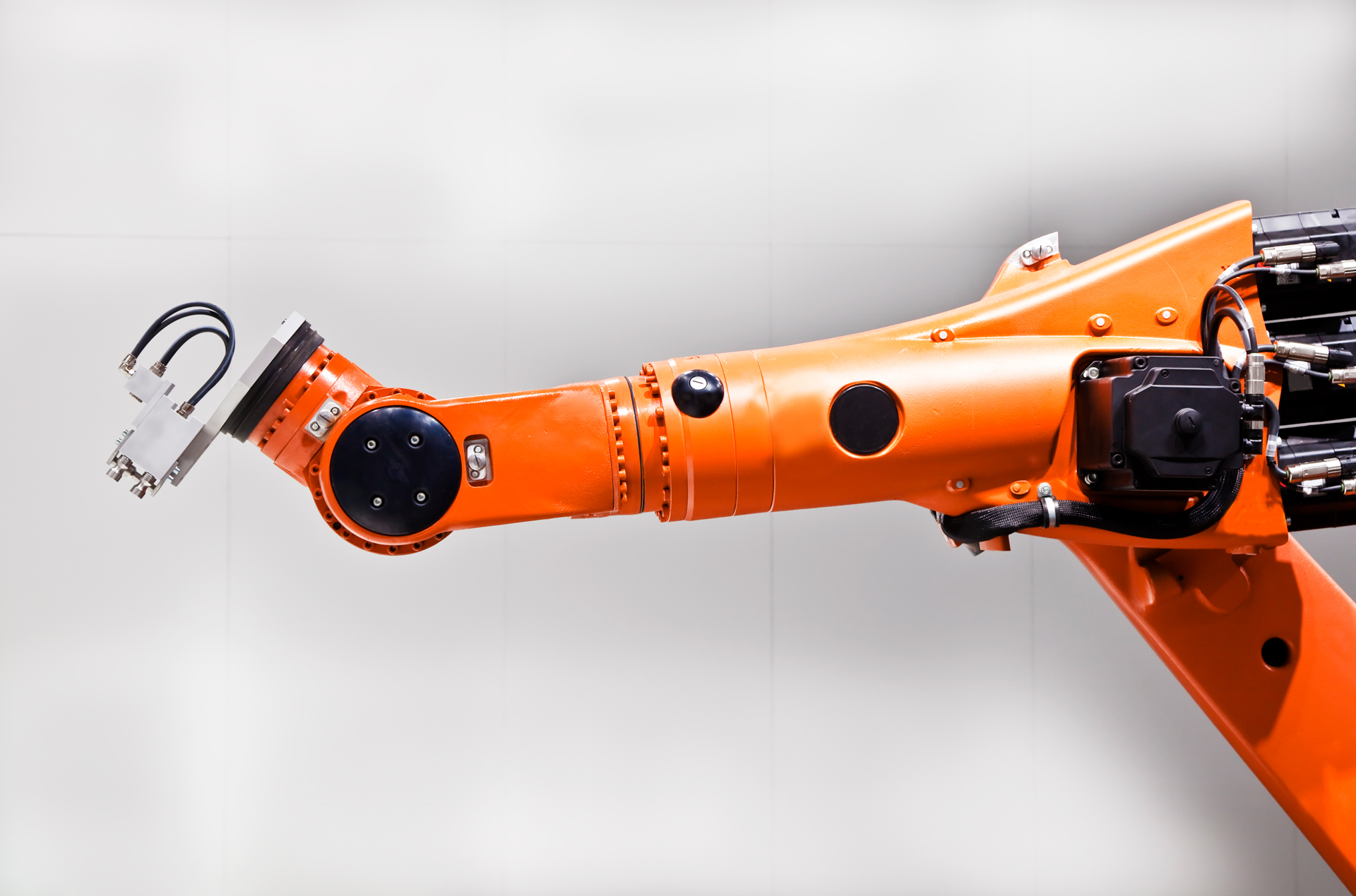Why the construction industry is ripe for technology disruption

Robotics and Artificial Intelligence, immersive technology and drones could be key to unlocking productivity growth and creation of high-skilled jobs.
Almost all construction and infrastructure projects suffer delays and overspend, according to a public annual report [1] which found that a staggering 98% of projects were up to 20 months behind schedule. The industry faces a number of challenges: stifled productivity, safety during construction, transportation of materials and waste, and labour and skills shortages. Many of these problems are associated with poor project management strategies and the use of outdated technology.
But why is the construction industry lagging behind in adopting technologies that could make things better?
Anecdotal feedback points to six reasons. The industry:
1. Has a low margin which makes its spending sensitive and risk averse.
2. Spends very little in R&D which may help to improve processes.
3. Suffers communication problems between various contractors within a construction project.
4. Conducts bespoke projects which makes it difficult to re-use the information on new projects.
5. Has limited investment in tools and training.
6. Does not trust technologies, especially when it comes to issues related to liability and job losses.
Inefficient processes, major potential savings from productivity gains, and widespread labour shortages means the infrastructure and construction sector is a ripe environment for technology disruption.
Some of the opportunities for the sector include exploring the following:
- Mixed Reality (MR) incorporating Virtual Reality (VR) and Augmented Reality (AR) to visualise a 3D building model in its physical location and objects hidden behind other building structures. Also, investigating means to create 4D models for monitoring construction activities, collecting and analysing data.
- Robotic systems to support various activities in construction and infrastructure sectors. For instance, using robots to install, monitor the site, and measure the progress of construction.
- AI systems that are able to see and recognise the structure objects from the captured site images. The system aims to compare the as-built 3D model against the digital plans. The same system but more advanced is sometimes called computer vision (CV). CV embeds classifiers that can detect changes (progress or delays) during construction processes.
- Wearables are being introduced to reduce personalised construction risks related to occupational injuries and illnesses. Construction safety includes active monitoring of workers’ physiological data with wearables enabling the measurement of heart rate, breathing rate and posture.
- Cloud-based systems which allow efficient and accurate data collection. These systems are embedded in a mobile device in order to allow inspectors to capture construction site updates.
- Drones are capable of compiling images and data from construction sites which often span large areas and can shoot small or high rise buildings. This reduces the challenges of inspecting an entire site manually which can take several days.
KTN recently ran an event to bring together the infrastructure and AI communities to share their challenges and experiences in a bid to speed up the adoption of some of these technologies.
The sessions helped to understand areas of the infrastructure and construction industry which require immediate attention in relation to adopting AI. The perceived opportunities lie in generating technologies that are capable of monitoring and assessing risks (including safety), increasing performance and reducing costs.
Creating and sharing knowledge was also discussed, followed by the use of sophisticated technology to train workers – serious games was among the candidate technologies mentioned that could be used for training purposes.
Barriers to the adoption of technology was also included in these discussions. Both communities see the main challenges to be:
- Liability
- Data sharing and ownership
- Industry fragmentation
- Lack of standards
- The industry’s bespoke nature
- Lack of knowledge and expertise
- Interoperability issues.
KTN hopes that events like this will help create collaborative opportunities which may reduce or eliminate some of the challenges faced in both the infrastructure and AI sectors.
[1]The 2013 Public annual report is cited in Hany Omar et al. 2018, “Towards an Automated Photogrammetry-based Approach for Monitoring and Controlling Construction Site Activities”, Computer in Industry 98, 172-182.

